260 students and six staff members at the Madina Kankaylay Islamic Primary School struggle to survive without any reliable water on the campus.
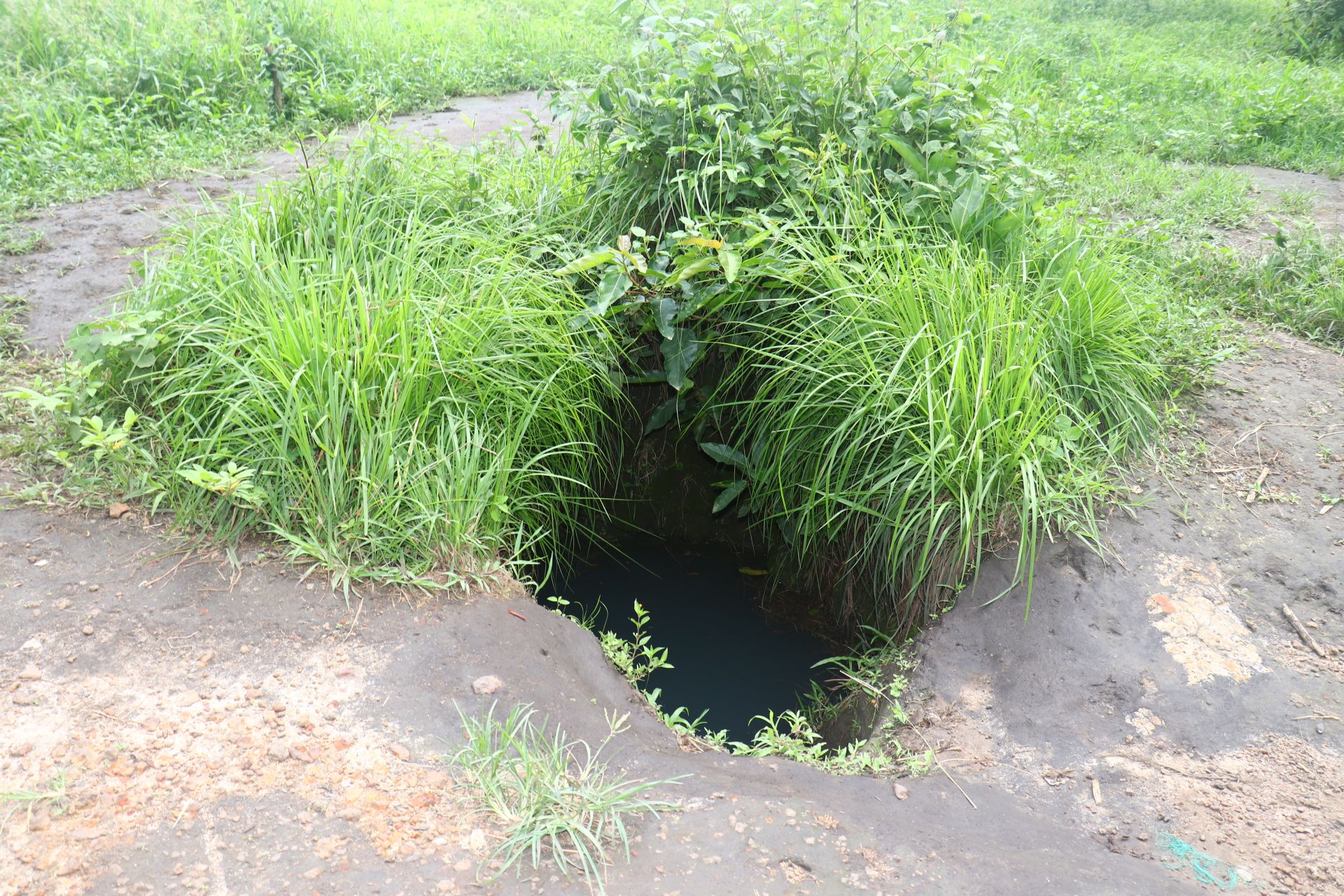
The scoop hole students utilize as their only water source.
The only water available to them is a scoop hole far away from the school campus. Students and teachers are forced to leave class throughout the day to search for enough water to meet their basic needs.
Field Officer Phillip James Allieu described the school's experience. "The scoop hole water is open, and there are visible particles suspended at the surface. It develops an unusual odor and taste, especially once it becomes milkier in color. The scoop hole is accessible to animals, hence increasing the risk of contamination. There is no fence around it and no lid over the scoop hole. Water is drawn with a stick hooked on a bucket, a procedure that also contributes to the contamination. Due to the scoop hole's position and the dependence of farmers on it for water irrigation, the water source becomes difficult to protect from contamination."
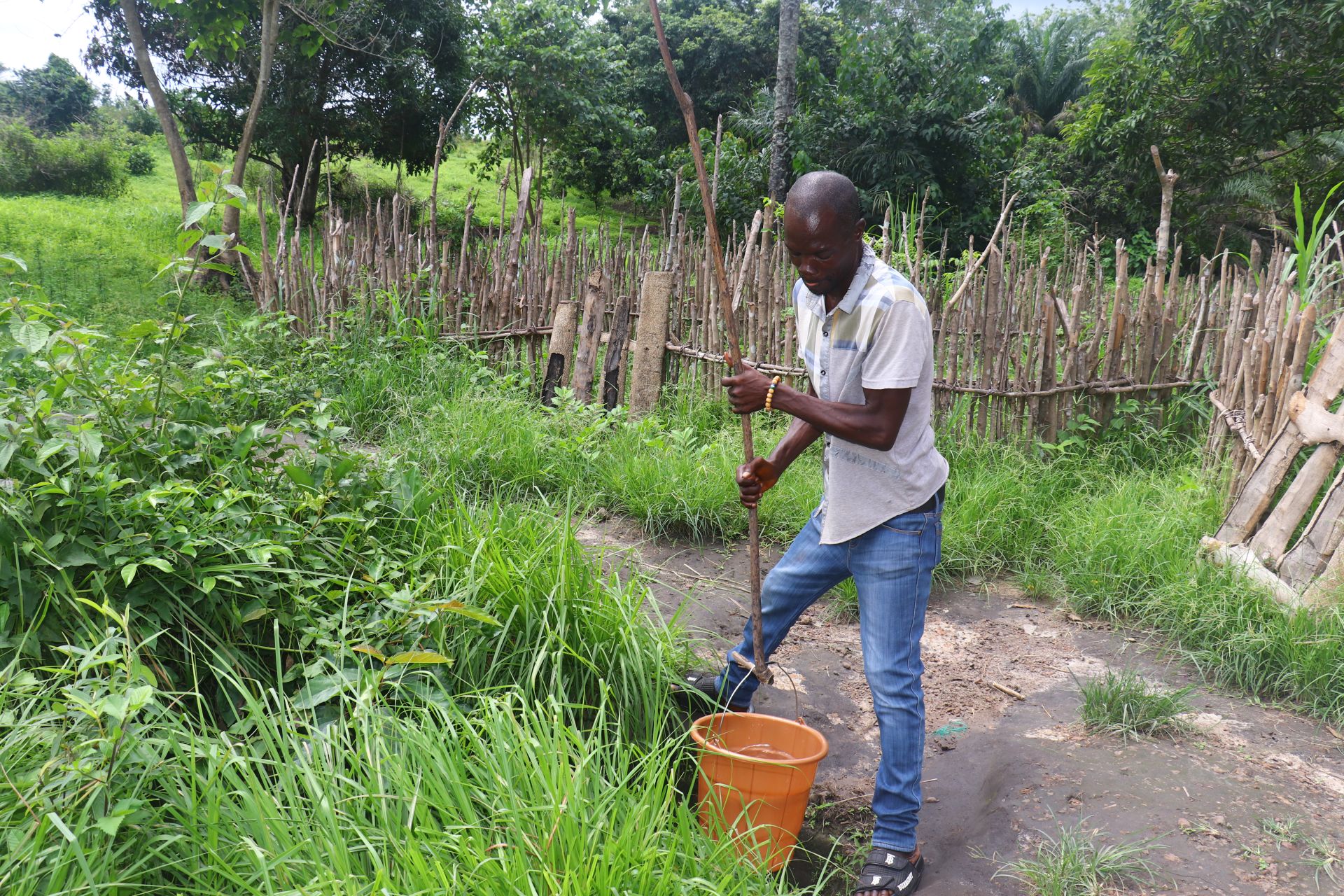
Teacher Alimamy Kamara uses a stick and a bucket to collect water from the scoop hole.
Among those most affected is a bright young student whose daily battle for water mirrors the challenges faced by her entire school.
Twelve-year-old student Isatu spends three hours a day collecting water. "The distance to the water well in the swamp is far and bushy to trek through. It is difficult to carry water on my head and trek through the road from the swamp. Sometimes, the water gets filthy, and I must wait for it to get settled before fetching clean water."
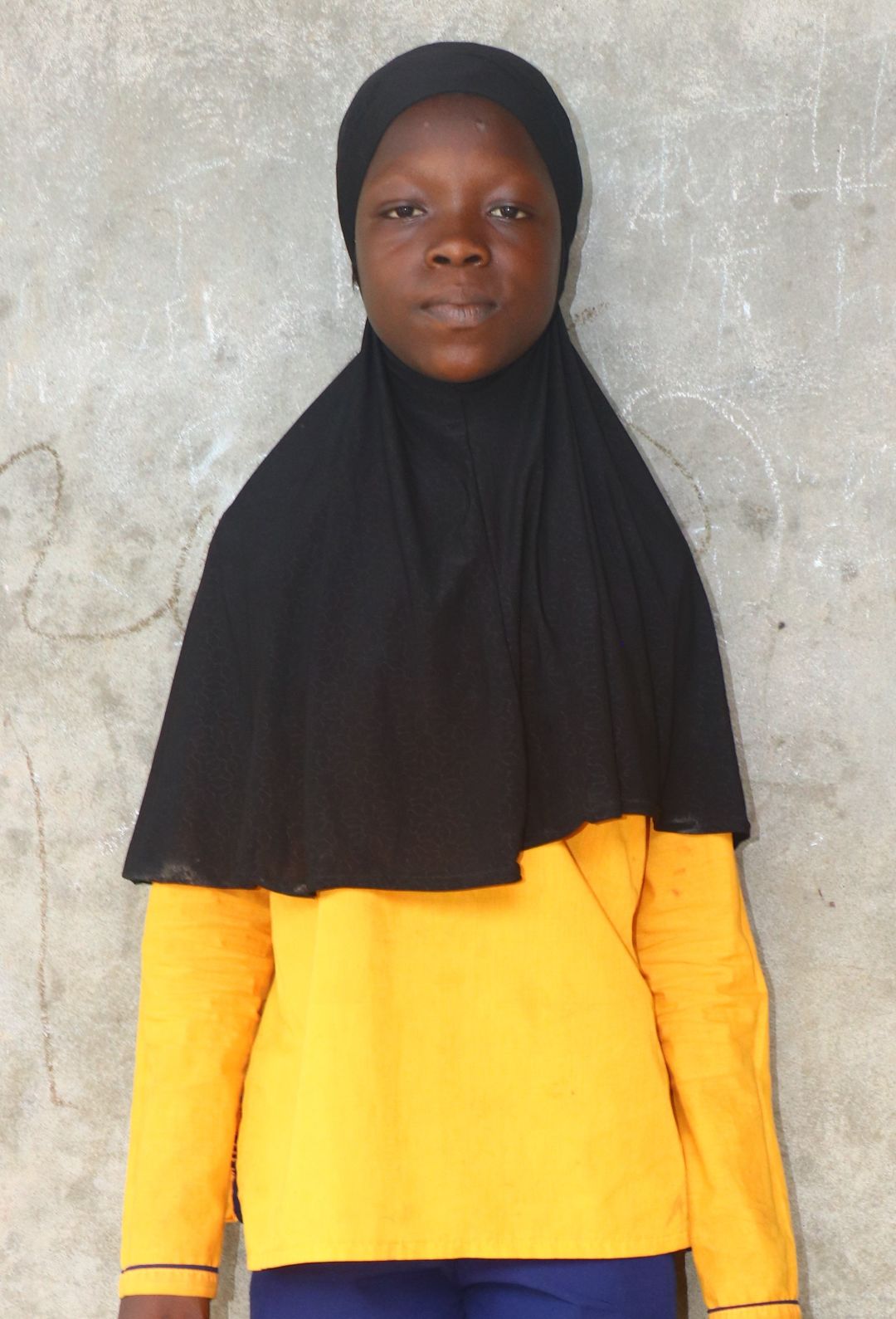
Isatu.
Anxiety runs rampant for Isatu; the journey to the scoop hole is nerve-wracking, and collecting water from the hole is a perilous task.
"The swamp area where I fetch water is not safe because of the presence of snakes. I am worried when I visit there to fetch water because of the fear of [a] snake bite. The water area also becomes wet and slippery; if I am not careful, I can fall and get injured," she shared.
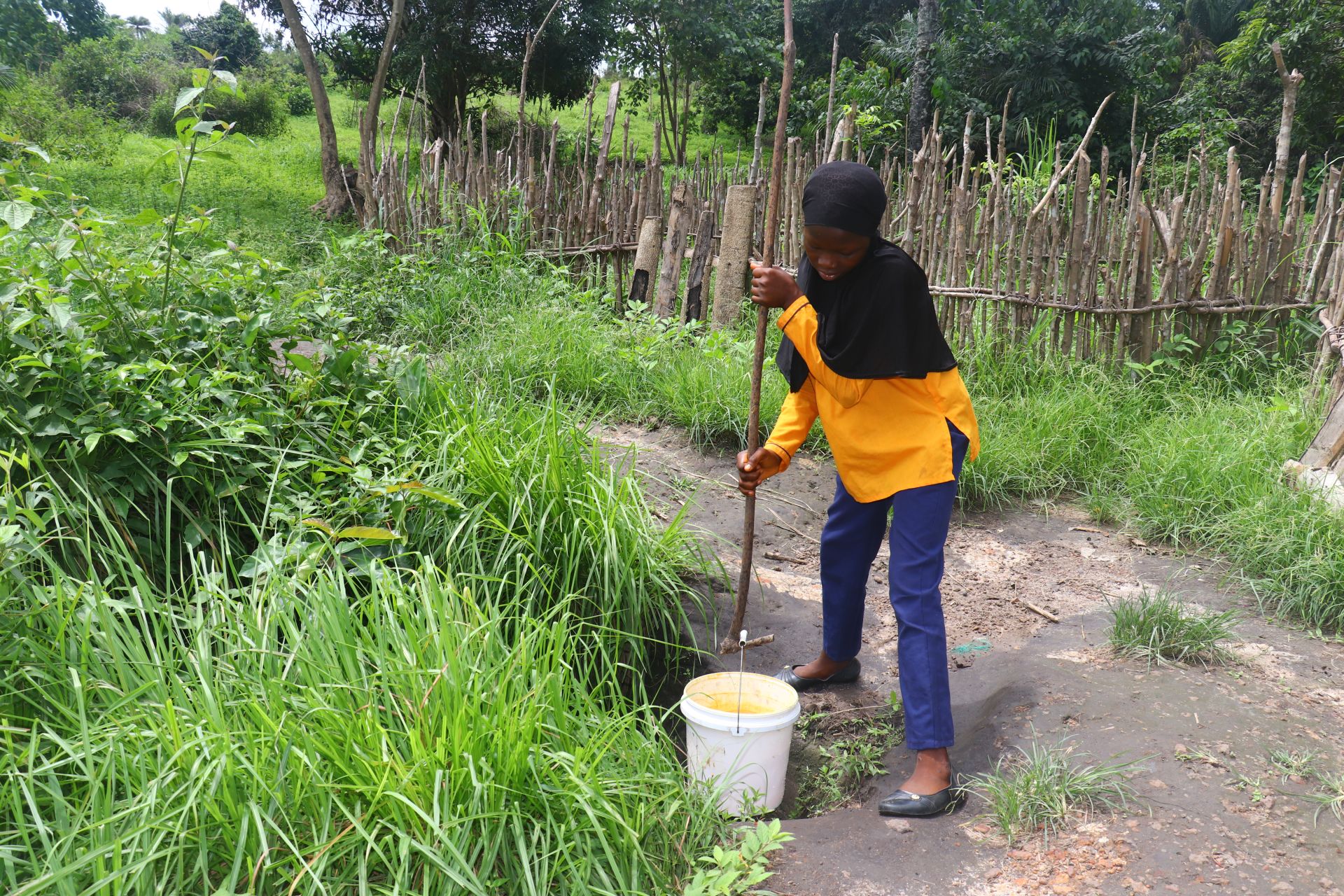
Isatu carefully collects water from the scoop hole.
Being a student is a full-time pursuit, but without access to clean water on campus, Isatu sacrifices too much of her crucial classroom time.
"Yes, it is quite difficult to fetch water from school, especially in the morning. I walk a long way to fetch water for my class. After fetching the water, I get tired and find it hard to focus on class soon [after]. It takes about [an] hour before I fully concentrate on the lesson."
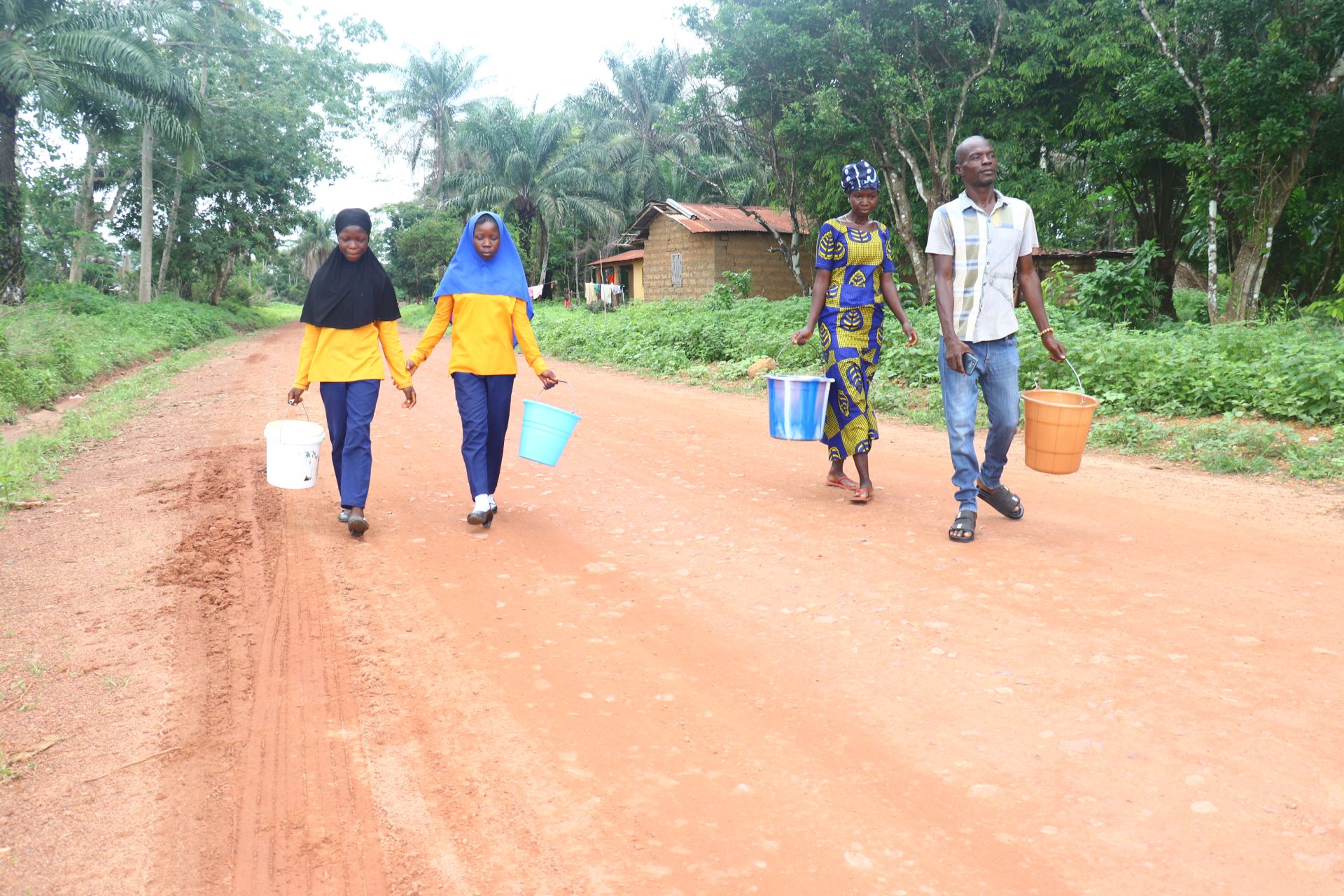
Making the journey to collect water.
Like many girls in her community, Isatu shoulders additional responsibilities at home.
"I also help my mother at home by bringing water and preparing food. When I return from school, I will bring water, so that when my mother comes, she can prepare us food. It is a difficult activity and consumes most of my energy and time, such that I have no time for studying. Therefore, it is hard for me to keep up with schoolwork, and at times, I find it hard to attain passing grades in exams, since I spend time and energy getting water and doing other activities around the home," she added.
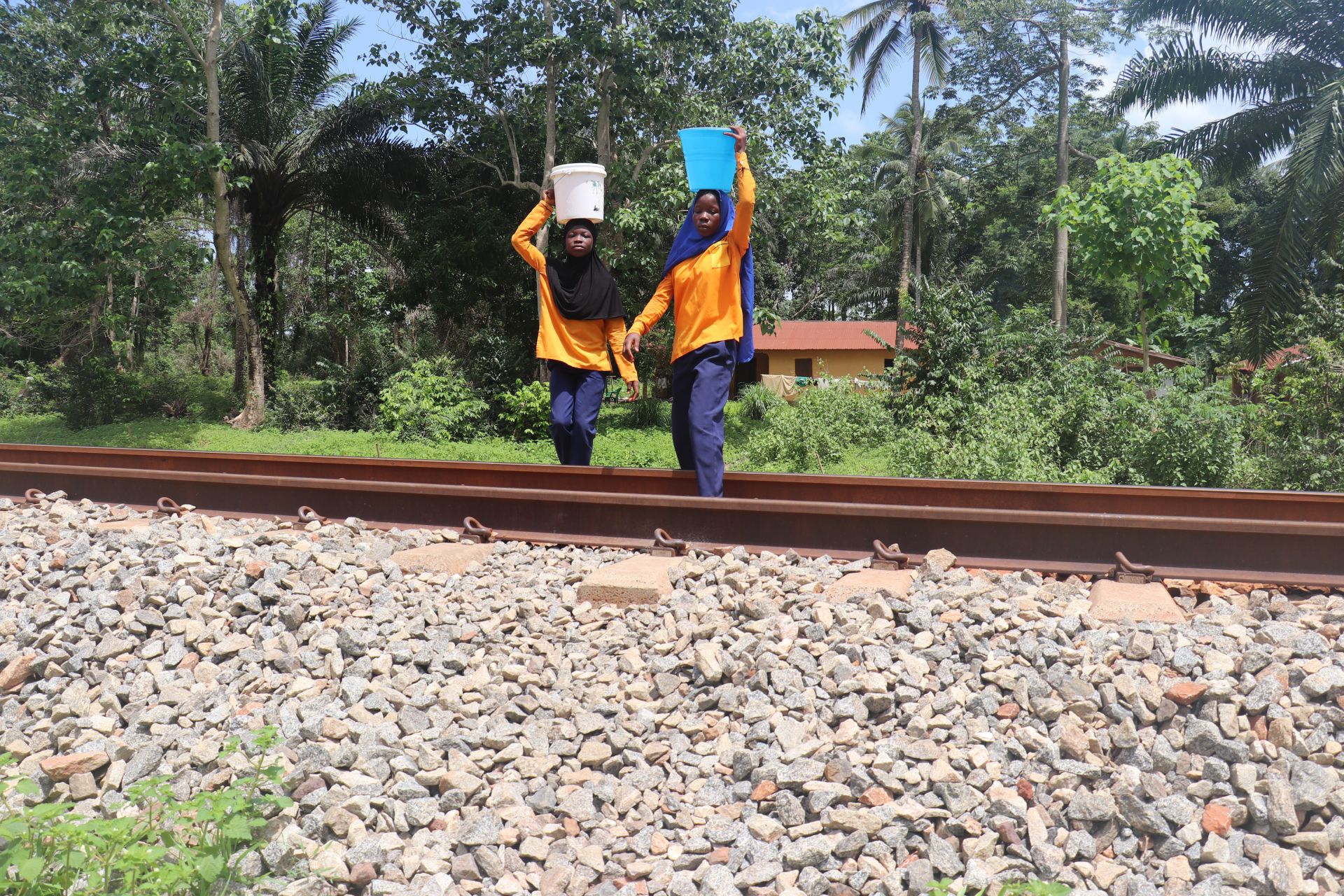
Isatu and a classmate cross railroad tracks on the long walk back to school.
Isatu lamented, "I feel frustrated when I am chosen to go and fetch water from school, especially in the morning, because of the distance. I do not feel settled or at ease until I have completed the task, and it takes time for my mind to settle back in class. It also makes me more stressed during school hours because I know I still need to fetch water at home for domestic use."
Installing a well on her school's campus will open up a world of possibilities that Isatu has always dreamed of but never known.
"I will be very happy if I can get water at school. With a water well here on the school grounds, it will be very easy for me to fetch enough water for my classroom. I cannot be worried about the risk of snake bite, nor [will] I worry about falling. Also, I [won't] worry about fetching water at home because I can be well fit to help my mother with domestic activities. I will also have more time to read my books," Isatu dreamed.
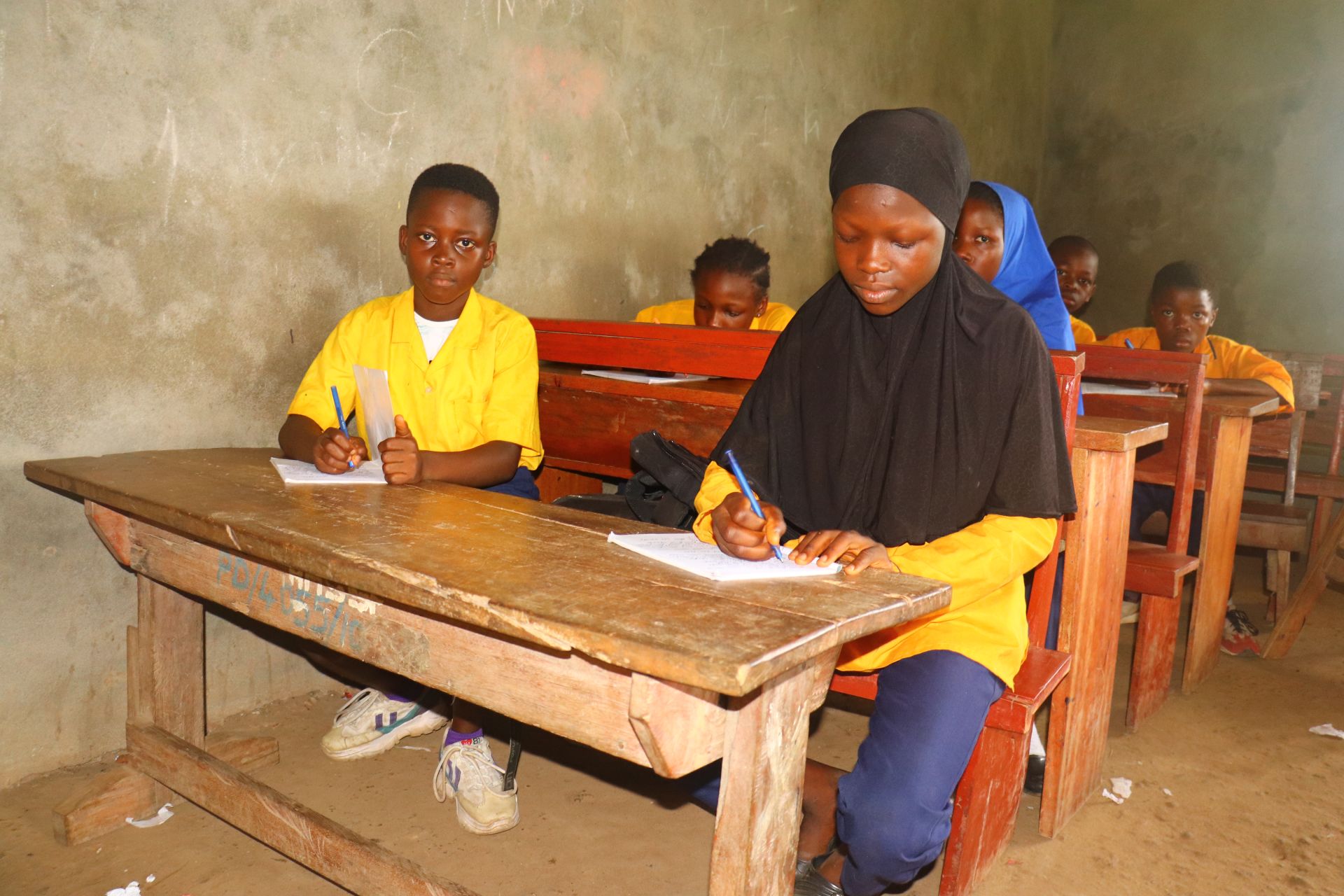
Isatu and her classmates.
Isatu has goals to become a banker and live a comfortable life. Ensuring she has access to safe water at school is the first step toward achieving her goals.
"I would like to be a banker. I would rather work in a bank, as I would be helping people by lending them money. Our teacher used to tell us that there are air conditioning systems in the banking halls, and I would like to work in a comfortable environment rather than under the hot sun. If I am employed as a banker, I will encourage people to save their money in the bank. I also want to earn a good sum of money to support my family, and with my work, people from different places will get to know me," she concluded.
Steps Toward a Solution
Schools without reliable, on-premises water access often rely on students to fetch and carry water, leading to rationing and uncertainty about water quality. The water is typically poured into a communal storage tank and used by the entire school. With children carrying water from all different sources, it is also impossible for teachers and staff to know exactly where the water comes from and how safe it is to drink.
A new water point will be located on-premises at the school to ensure accessibility, reliability, and safety for students, teachers, and staff while meeting our school coverage goals. Having water available at the school allows children to drink, wash hands, and use sanitation facilities without leaving school grounds, preventing disruptions to lessons and reducing safety risks. A dedicated source increases water availability, reduces reliance on stored water, minimizes rationing, and ensures confidence in the safety of the water. This means staff and students are healthier, and their lessons aren’t disrupted, contributing to a better education!
Our technical experts worked with the school leadership and local community to identify the most effective solution to their water crisis. They decided to drill a borehole well, construct a platform for the well, and attach a hand pump.
Well
Abundant water often lies just beneath our feet. Aquifers—natural underground rivers—flow through layers of sediment and rock, offering a constant supply of safe water. A borehole well is drilled deep into the earth to access this naturally filtered and protected water. We penetrate meters, sometimes even hundreds of meters, of soil, silt, rock, and more to reach the water underground. Once found, we construct a platform for the well and attach a hand pump. The community gains a safe, enclosed water source capable of providing approximately five gallons of water per minute. Learn more here!
School Education & Ownership
Hygiene and sanitation training are integral to our water projects. Training is tailored to each school's specific needs and includes key topics such as proper water handling, improved hygiene practices, disease transmission prevention, and care of the new water point.
To ensure a lasting impact, we support forming a student health club composed of elected student representatives and a teacher. These clubs promote hygiene practices schoolwide and keep handwashing stations well-stocked. This student-led model encourages a sense of ownership and responsibility.
Safe water and improved hygiene habits foster a healthier future for everyone in the school and the surrounding community.
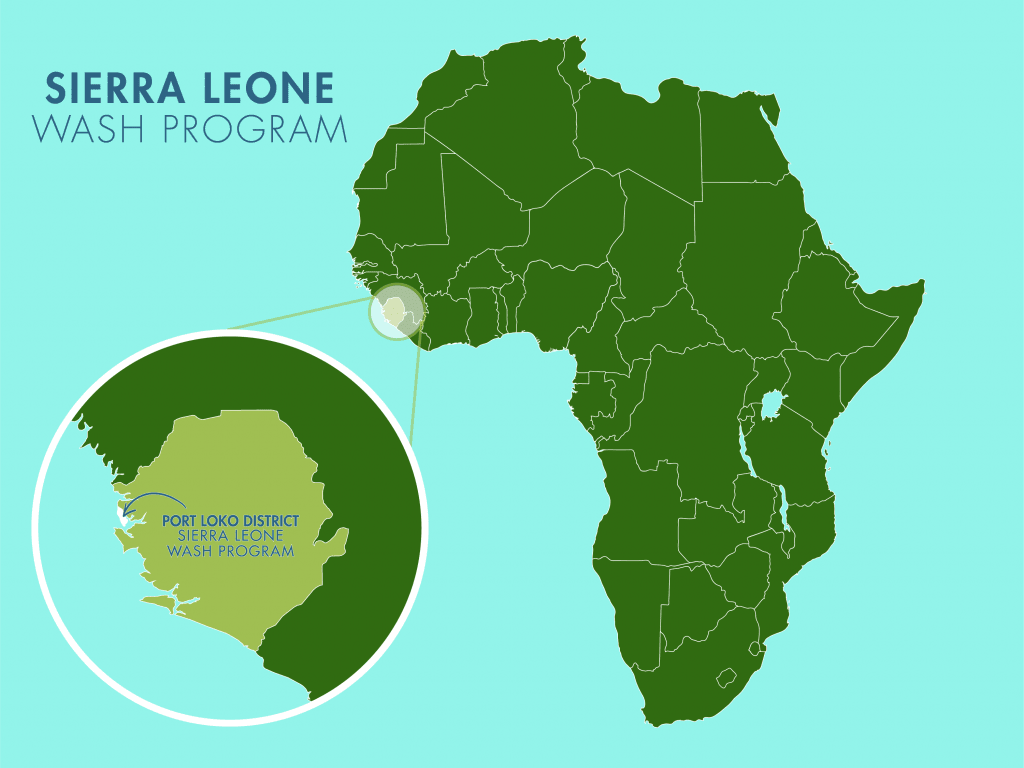
 Borehole Well and Hand Pump
Borehole Well and Hand Pump
 Rehabilitation Project
Rehabilitation Project
















